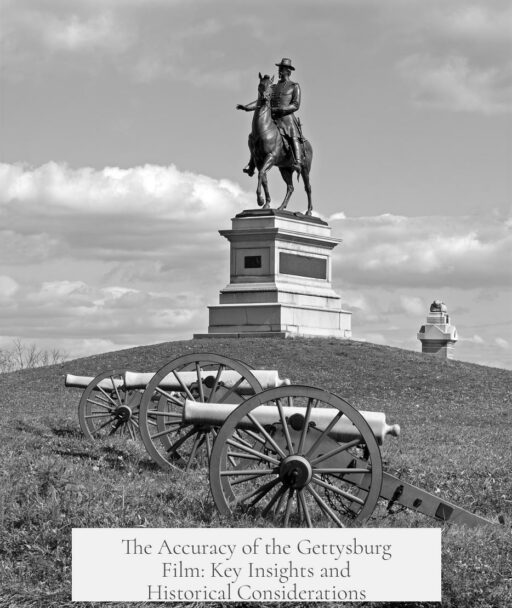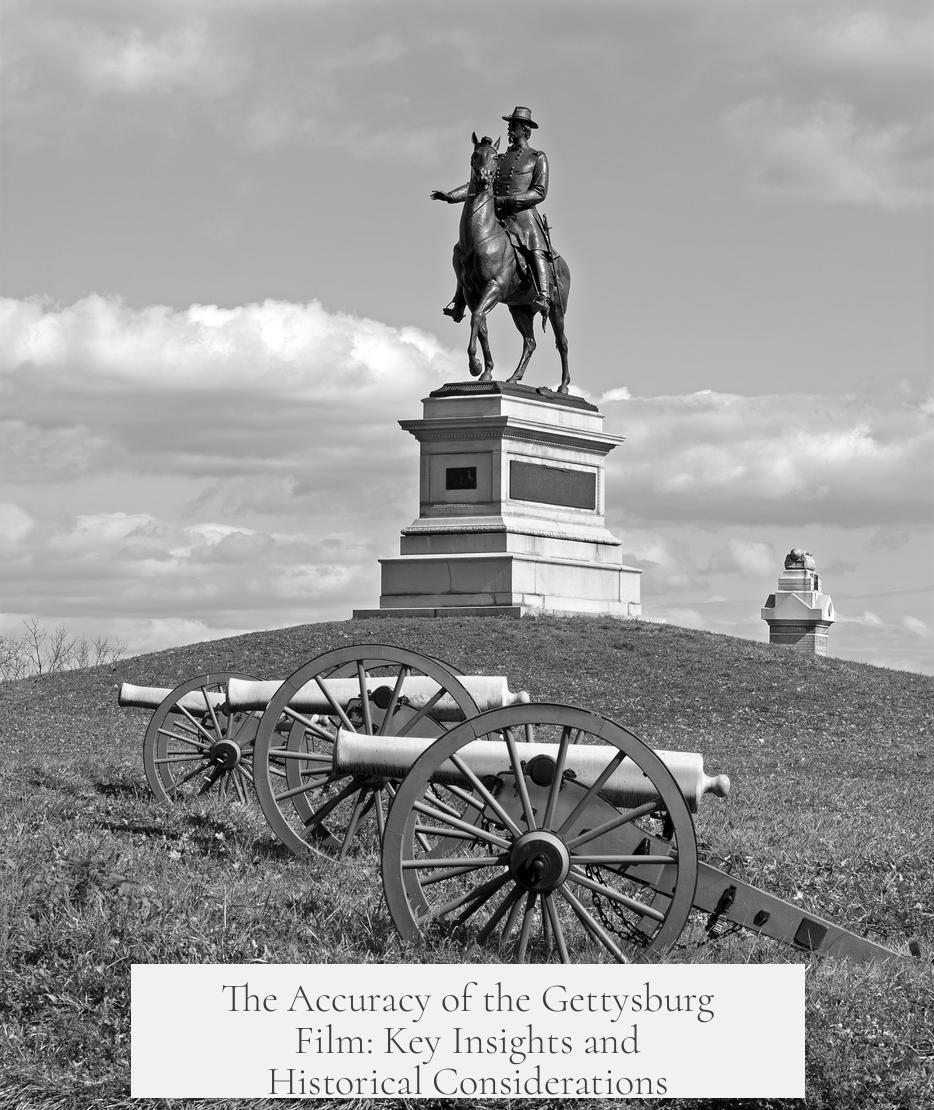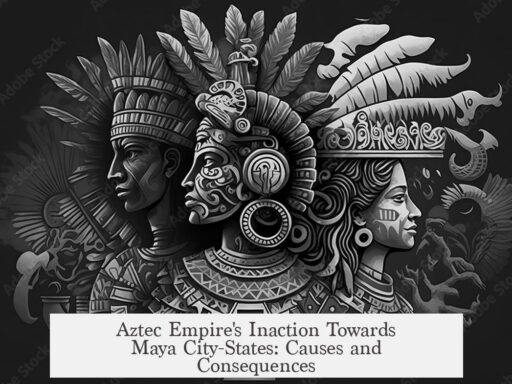The film Gettysburg achieves a high level of historical accuracy by basing its narrative primarily on Michael Shaara’s book The Killer Angels, which is widely regarded as a reliable portrayal of the Battle of Gettysburg. However, the film inherits some inherent limitations tied to the book’s focus on select characters rather than the entire scope of the battle.
The Killer Angels concentrates on figures like Joshua Chamberlain, which gives the story strong personal narratives but overlooks other key participants and their contributions. For instance, the controversial General Dan Sickles and his tactical error of moving his corps to the Peach Orchard—which left a dangerous gap in Union lines—receive less screen time. Similarly, the role of Colonel Strong Vincent, who took the initiative to defend Little Round Top and demonstrated considerable heroism, is underplayed in both the book and film.
This selective character focus means the film misses a complete picture of the battle’s complexity. It highlights some regiments, such as the 83rd Pennsylvania and the 16th Michigan, but does not fully cover their actions despite their importance to key moments in the conflict.
Regarding broader historical interpretation, the film benefits from Shaara’s more modern approach, which challenges earlier “Lost Cause” narratives prevalent before the 1970s. Old accounts often tried to absolve Confederate General Robert E. Lee from blame by shifting fault to General Longstreet. Shaara portrays Longstreet more sympathetically and realistically, aligning with current scholarship and moving away from Virginia-biased glorifications that skewed perspectives after the war.
For viewers seeking a deeper and more critical understanding of some characters like Dan Sickles, additional reading such as Thomas Keneally’s biography American Scoundrel offers a less heroic, more complex portrayal.
| Aspect | Film Accuracy | Notes |
|---|---|---|
| Source Material | High | Based closely on The Killer Angels, which is well-researched but character-focused |
| Character Portrayals | Selective | Focuses on Chamberlain over others like Sickles and Vincent |
| Historical Interpretation | Modernized | Challenges Lost Cause myths, especially about Longstreet |
- The film offers a generally accurate representation grounded in respected historical fiction.
- It prioritizes dramatic personal stories over full battlefield complexity.
- Some important characters and events receive limited attention.
- It reflects improved historical scholarship on controversial figures like Longstreet.
- Further reading is recommended for a richer, nuanced view of the battle’s key personalities.
Just Watched the Gettysburg Film. How Accurate Is It?
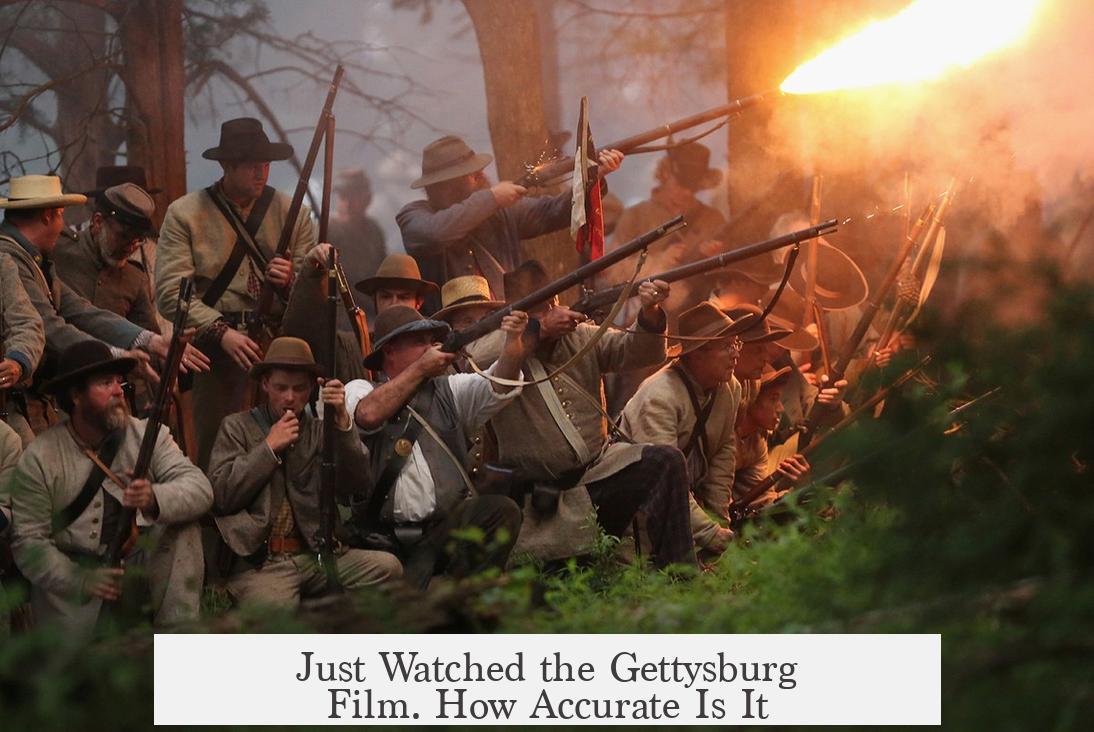
If you just watched the Gettysburg film and wondered, “How close is this to what actually happened?”—you’re not alone. The film is largely accurate, but it’s also a narrowed window into one of the largest battles in American history. It leans heavily on Michael Shaara’s Pulitzer-winning The Killer Angels, a classic historical novel that balances fact and fiction to offer solid grounding—but don’t expect a full Netflix-style documentary of every soldier’s move that summer of 1863.
The Battle of Gettysburg was huge—three days, 160,000 troops, and countless acts of heroism and tragedy. So, a movie that focuses on a handful of key characters will inevitably leave gaps. It’s like zooming in on a few tree branches and missing the whole forest, but those branches tell compelling stories.
But let’s unpack this carefully, so you get what the movie gets right, what it skips, and why. Plus, some cool bonus recommendations if you want to dig deeper.
Grounded In History, Thanks to The Killer Angels
The film Gettysburg is mostly faithful to Shaara’s book—which itself isn’t a dry, “here’s what happened” textbook. Instead, it’s a character-driven narrative painting scenes from the perspectives of officers on both sides.
Shaara’s approach offers a vivid, human side to the battle. But it can’t capture everything. He zooms in on a few figures, leaving some important others out. The result: the movie follows this pattern, giving us a clear but limited angle.
“Gettysburg was mostly based on the classic book The Killer Angels by Michael Shaara. It’s a great read, and not really wrong. But the Battle of Gettysburg was a very big battle, and Shaara focused on only several characters in it. It was a good choice for an author, as it gave a strong narrative thread, but it necessarily left gaps.”
One of the heroes spotlighted is Joshua Chamberlain—a Union colonel whose defense of Little Round Top became legendary.
Who’s Missing or Understated in the Movie?
If you loved Chamberlain’s storyline, you might ask: what about the rest? Other folks and their acts were barely touched or overlooked altogether.
- Gen. Dan Sickles, known for his egotistical personality and one controversial move during the battle—marching his corps to the Peach Orchard—creating a GAP in the Union lines, gets a brief mention but no full dive.
- Col. Strong Vincent, Chamberlain’s commander, was critical in sending troops to Little Round Top without orders and died heroically. Yet, he doesn’t get the on-screen spotlight he deserves.
- Other brave regiments like the 83rd Pennsylvania and the 16th Michigan fought gallantly alongside Chamberlain but are sidelined.
“For example, that of the egotistical Gen. Dan Sickles, especially his stupid decision to march his unit to the Peach Orchard that left the gap in the Union line on Cemetery Ridge… He could also have made much more of Chamberlain’s commander, Col. Strong Vincent, who was the one who did the initial reconnaissance and decided to get his regiments to Little Round Top, without being ordered, and fought as heroically as Chamberlain…”
So, if the movie feels like it’s zooming in too much on certain players, that’s by design—or limitation—not a historical fudge.
Breaking From the “Lost Cause” Narrative
Another important angle the film—and the book—grasp well is the shifting view of Gen. James Longstreet.
For decades, historians known as “Lost Cause” writers painted Longstreet as the scapegoat for the Confederate defeat at Gettysburg. Being from South Carolina and lacking defensive writings (many were lost in a fire), Longstreet attracted blame for the battle’s outcome, unfairly so.
Shaara’s book presents a more balanced and sympathetic view. The film follows suit. This represents a wider historical correction in recent decades.
“Shaara’s book also did make some advances, for popular historical fiction. It came out at a time (1974) when there had long been Virginia-biased Lost Cause writers who wrote to ennoble Lee… Shaara made him [Longstreet] one of his main characters, portraying him much more sympathetically. And, many if not most historians today would say now, much more correctly.”
So, if you’ve heard the name Longstreet tossed under the bus before, this film is part of a fresh perspective that gives credit where credit is due.
Want More Than Heroics? Meet Dan Sickles
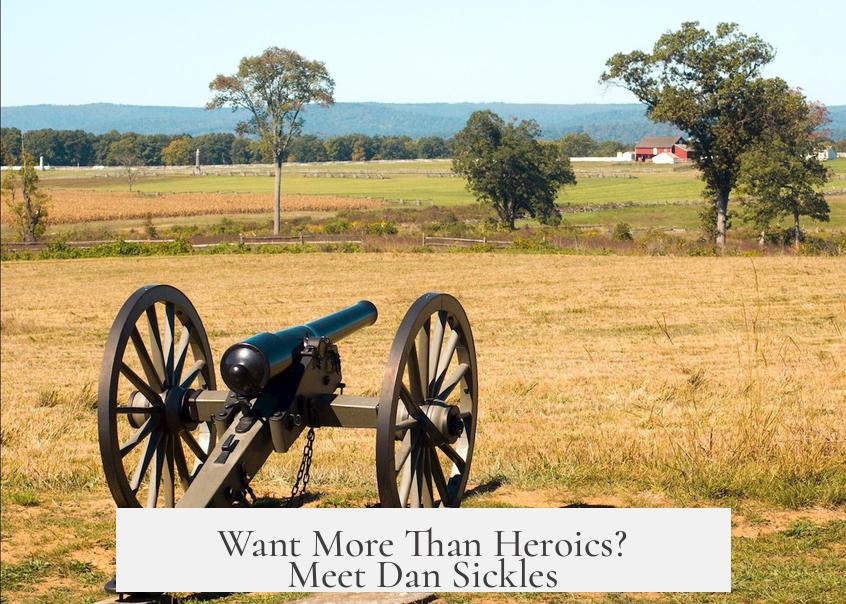
If you think heroes are overplayed and want to peek behind the curtain, try Thomas Keneally’s American Scoundrel. It’s a biography of Gen. Dan Sickles, a colorful, controversial figure. Sickles wasn’t just a rank-and-file hero. He was politically savvy, often reckless, and made dizzying decisions during Gettysburg.
“For what it’s worth, Thomas Keneally’s American Scoundrel is a great biography of Dan Sickles, if you are getting tired of heroes.”
This book provides nuance missing from the movie’s clearer hero-villain dichotomies. Talk about a fascinating character study!
Summary: To What Extent Is the Film Accurate?
- The film is very accurate to The Killer Angels, itself a respected but selective portrayal of the Battle of Gettysburg.
- It focuses on a few characters, especially Chamberlain and Longstreet, which keeps the story gripping—but omits lesser-known but important figures and events.
- The film breaks long-standing biases, especially the Lost Cause myth blaming Longstreet, aligning more with modern historians’ views.
- For a fuller picture, explore works like Keneally’s to expand beyond heroic narratives and into the complexities of individuals like Sickles.
So, is the Gettysburg film accurate? Yes, mostly—but with caveats. It’s a great entry point into history that invites you to explore the depth and breadth of the battle beyond the screen.
Now, don’t stop at the film! History buffs, casual viewers, or anyone curious will find digging into primary accounts and biographies a rewarding next step. And when you do, you’ll see Gettysburg wasn’t just a battle. It was a tapestry of heroism, error, politics, and human drama as vast as the fields themselves.
